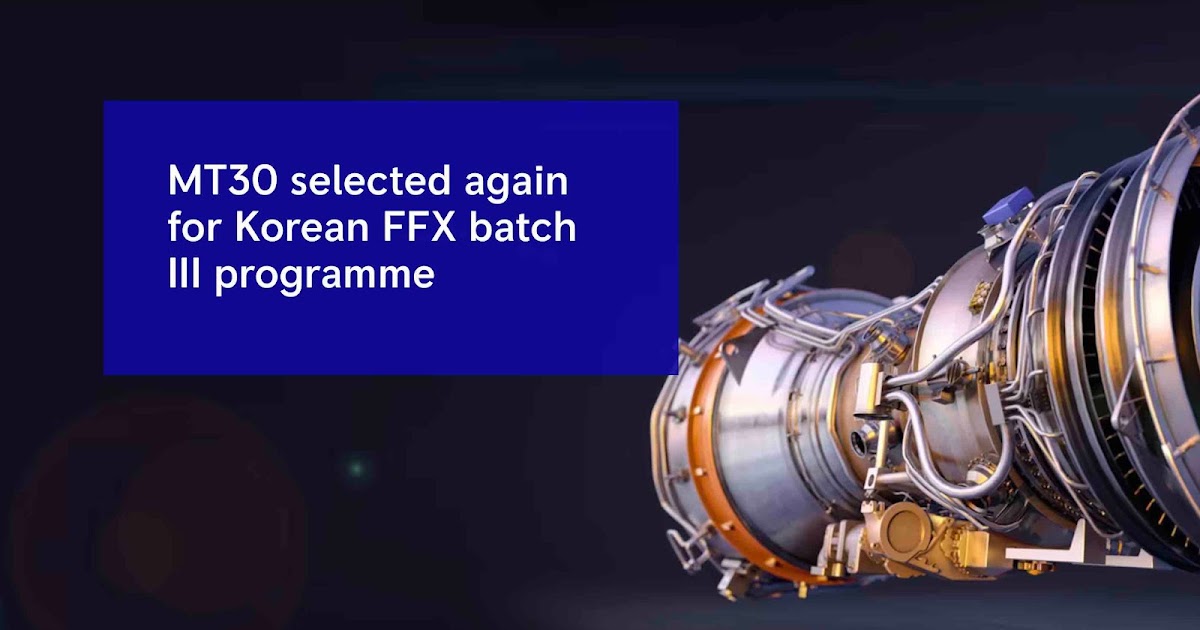
Selection of the MT30 power pack for India’s third aircraft carrier would help Rolls-Royce power the navy’s next generation of destroyers, frigates and corvettes
By Vikas Gupta
Defence News of India, 18th Dec 23
Rolls-Royce, the UK-headquartered aerospace, land and marine engine-making giant, is playing a growing role in the India-UK Electric Propulsion Capability Partnership Joint Working Group (EPCP-JWG) as a key industrial representative from the UK side.
New Delhi and London are moving together purposefully to develop marine electric propulsion. This was evident in the second meeting of the India-UK EPCP-JWG, in New Delhi on November 21. The two sides exchanged information on electric propulsion (EP), while fostering industrial cooperation in this field.
This makes it ever more likely that the Indian Navy’s next aircraft carrier – officially termed the “second indigenous aircraft carrier”, or IAC-2 – will be powered by the same Rolls-Royce MT30 power pack that drives the Royal Navy’s two Queen Elizabeth-class aircraft carriers, His Majesty’s Ship (HMS) Queen Elizabeth and HMS Prince of Wales.
Like the two Royal Navy carriers, IAC-2 is likely to be a 65,000-tonne, conventionally powered carrier that embarks 50-plus aircraft, including ten helicopters.
The selection of the MT30 power pack for the IAC-2 would set the stage for Rolls-Royce turbines to power many of the Indian Navy’s next generation of destroyers, frigates and corvettes. These would replace the American, Russian and Ukrainian turbines that the navy has chosen for its current generation of warships.
“Our approach has led to ground-breaking advancements in marine propulsion, including the pioneering use of aero-derivative marine gas turbines in surface ship propulsion, e.g. the world’s most power-dense MT30 gas-turbine engine that delivers up to 43 MegaWatts (MW), currently commissioned with multiple naval marine operators globally,” said a Rolls-Royce spokesperson to Defence News of India.
“We have been actively engaging independently and as part of the forum with the Indian Navy to provide our expertise and recommendations to assist the Navy for its future warship programmes, specifically for fully-electric or hybrid-electric arrangements,” he said.
“At Rolls-Royce, we are well-positioned with the right products, experience and capabilities to deliver end-to-end power and propulsion solutions for India’s future fleet. We believe that with our deep experience of supporting the world’s first hybrid-electric naval programme as well as supporting the electrification of warships over many years, we have the capabilities to partner the Indian Navy for design, development and deployment of electric and hybrid-electric warships,” the spokesperson said.
This, however, would strike a blow at the growing US-India maritime cooperation. Selecting Rolls-Royce hybrid-electric propulsion systems for Indian warships would rule out catapult-based launch systems that the US Navy uses for launching carrier deck-based aircraft.
It would also rule out the Indian Navy’s acquisition of several US platforms and systems that are being considered for IAC-2: These include the possible use of US nuclear reactors for propulsion; the use of General Atomics electro-magnetic catapults for launching aircraft; inducting the Boeing F/A-18E/F Super Hornet as the carrier’s primary fighter aircraft, and using the E-2D Hawkeye for airborne early warning.
This could also compromise the purchase of several other US platforms that were being considered for teaming with IAC-2. These include the F/A-18F Growler electronic warfare aircraft, P-8I Poseidon long range maritime reconnaissance aircraft and Sea Guardian long range maritime reconnaissance drones. The US and Indian navies have learned to work together after years of coordination in exercises like Malabar.
New Delhi has already some announced some acquisitions that underline a drift away from the US. India is proceeding with the acquisition of 26 Rafale Marine fighters – the naval variant of the Rafale fighter – as part of an earlier tender for 57 multi-role carrier-based fighters (MRCBF).
However, the Rafale Marine comes with a handicap: its twin-seat version cannot take-off or land on an aircraft carrier. That means that, of the 26 MRCBFs being bought for the navy, eight will be twin-seaters that are incapable of combat operations off a carrier. They can be used for training pilots ashore, but not for combat missions flown from the carrier deck.
The Super Hornet has no such restriction. All of them – single seat as well as twin-seat versions – are capable of flying combat missions from the navy’s aircraft carriers.
Rolls-Royce says it remains committed to strengthening India’s naval defence ecosystem, in partnership with local firms. Supporting the ‘Make in India’ vision, it has signed a memorandum of understanding with Kalyani Strategic Systems Ltd (KSSL), a subsidiary of Bharat Forge Limited that oversees the group’s defence business.
Rolls-Royce has also signed an agreement with HAL for MT7 marine gas turbines. This marine gas turbine contains, the latest in gas turbine technology suited to Landing Craft Air Cushion (LCAC) or hovercraft applications.
Rolls-Royce already has an MoU with Garden Reach Shipbuilders and Engineers (GRSE) for the licensed production and localisation of the technologically advanced MTU Series 4000 marine diesel engines.






